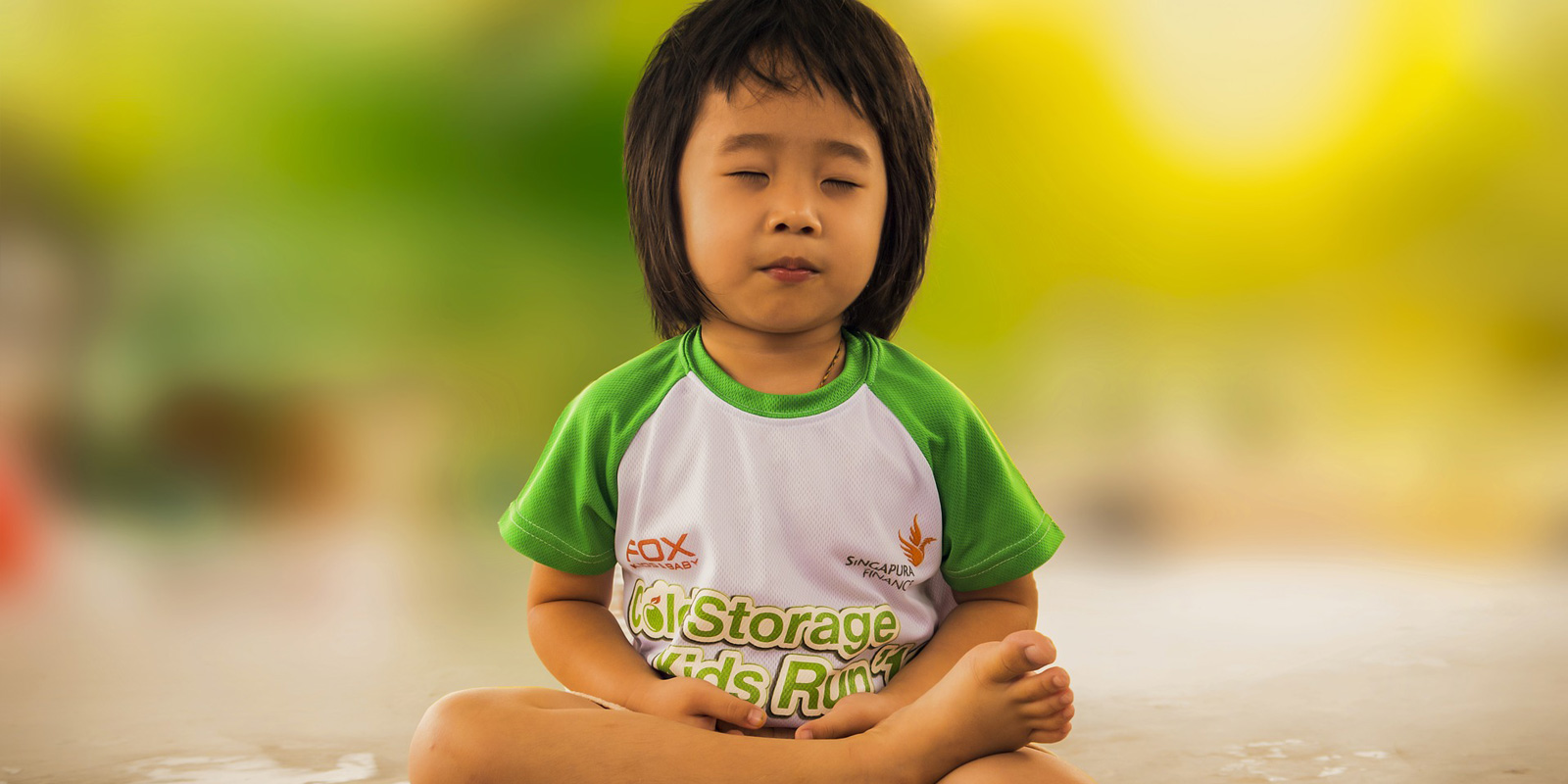Sometimes a term gets repeated so often that the meaning becomes obscure. While it might seem like we’re all talking about the same thing, there’s a good chance we’re just glossing over our different ideas of what the word means.
Take mindfulness. What is it? Is it different from meditation? Is it appropriate for young children? Is it important for young children? I set out to discover more. Full disclosure: I am a skeptic—but I’m learning.
Let’s start with ZERO TO THREE’s definition: intentional and non-judgmental present-moment awareness.
👉 Download ZERO TO THREE’S Mindfulness Toolkit
According to Maria Gehl, ZERO TO THREE’s project director of Mindfulness in Early Childhood, the benefits are clear for teachers and caregivers. “When adults are self-aware,” she says, “they are better at helping kids develop their social and emotional learning skills.”
Here are six resources for educators who want to usher pre-K learners into the world of mindfulness.
1. “How to adapt meditation for little kids? It looks a lot like play.” In this September 2020 Washington Post article, Brooklyn mom Steph Fairyington chronicles her efforts to quell her four-year-old daughter’s anxiety. She reads Full Catastrophe Living by meditation teacher Jon Kabat-Zinn, consults psychologist Phyllis Cohen and tries Scott L. Rogers’s SoBe Mindful Method. Fairyington arrives at a toddler-appropriate practice that “brings levity to our relationship and household that feels especially critical and urgent during this difficult and tender time.”
2. Words of Wisdom. This program of the David Lynch Foundation modifies Transcendental Meditation (TM) for younger practitioners. (TM works best for those 10 years and up; Words of Wisdom is for any child old enough to keep a secret—that is, the mantra that a meditator silently repeats.) While TM is traditionally practiced with eyes closed, Words of Wonder participants keep their eyes opened; they can also walk around or perform simple tasks while meditating.
Rena Boone of the David Lynch Foundation recalls how TM changed her life when she was a public schoolteacher in Long Beach, Cal., in the 1970s. Today, she partners with schools in Washington D.C. to bring mindfulness into the classroom. During the pandemic, they continue to work with educators and students. “People are looking for ways to heal this trauma and stress,” she says. More research into Words of Wisdom is called for, but preliminary studies are promising.
Watch a segment from Brain Matters about early childhood and TM (read more about this documentary).
3. The Kindness Curriculum. The Center for Healthy Minds at the University of Wisconsin-Madison created this resource. It works like this: twice a week for 20 minutes, children between 4 and 6 discover stories and practices for paying attention, regulating their emotions and cultivating kindness. Researchers have found that kids who had participated in the Kindness Curriculum earn higher marks in academic performance measures and show greater improvements in self-regulation and other measures than kids who had not. (Sign up for free access!)
4. Susan Kaiser Greenland writes and speaks about the “ABCs of Attention, Balance and Compassion.” She has created age-appropriate exercises, songs, games, and fables for children as young as four years. Her Inner Kids model involves the whole family in mindfulness.
5. MindBe Education’s Preschool Curriculum. This 30-lesson plan incorporates printable puppets to teach children between 2 and 6 years old about using their breath, along with movement, play and sensory activities. Helen Maffini, co-author of Developing Children´s Emotional Intelligence (2008), created the curriculum, which is used in schools across Asia.
6. FocusedKids. This simple curriculum of mindfulness exercises was developed for kids age 3-8 and their parents and teachers. It starts with learning about the brain and proceeds to skills of focusing and calming. (Learn about how families can use put FocusedKids to work at home.) A key element of this program is “preparing yourself first” through breathing exercises, movement and paying attention to your five senses.

Mark Swartz
Mark Swartz writes about efforts to improve early care and education as well as developments in the U.S. care economy. He lives in Maryland.



